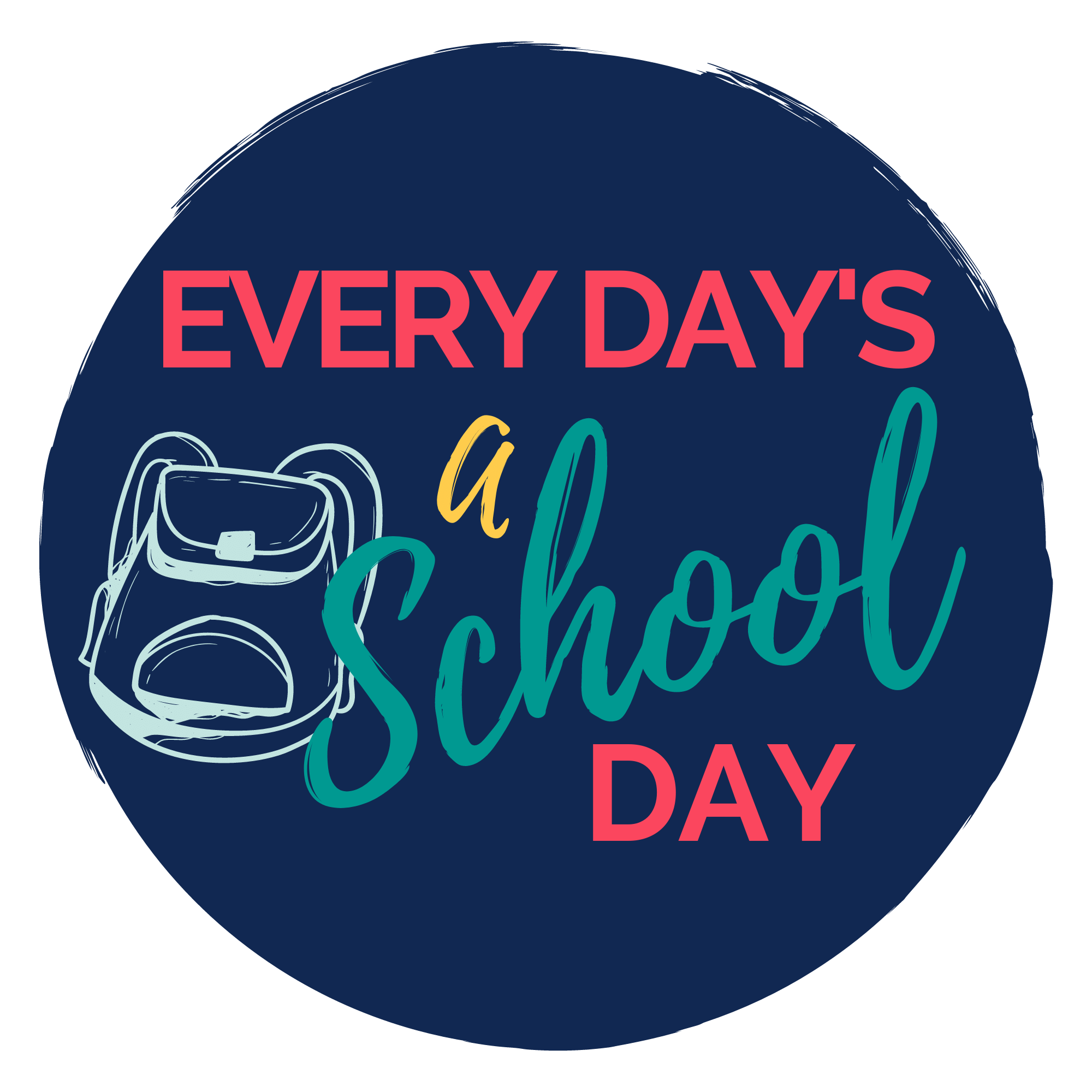School jargon can be so baffling, here is a quick guide, in alphabetical order, to lots of common words and phrases. There are links to blogs for more information.
ARE
Simply, Age Related Expectation. This is a term used to describe how your child is getting on and whether they are working at about the right level for their age.
Blending
Simply, putting letter sounds together to read words. Children will learn to read words by first saying each of the sounds out loud, they then need to ‘blend’ the sounds together to read the whole word.
Cursive writing
Simply – a style of joined up writing. Cursive letters always start from on the line. Children may be taught ‘pre-cursive’ writing before they join. This is where they start letters on the line but don’t actually link them together yet.
Digraphs
Simply, it’s just two letters that together make one sound. So in rain ‘ai’ is a digraph because a and i together makes one sound. There are also Split digraphs, see definition further down the page.
EYFS
Simply – Early Years Foundation Stage. This is the learning which children follow from birth to 5 years old. Nurseries, pre-schools and Reception or Foundation classes all use these standards.
EP
Simply – Educational Psychologist. A professional who works with children and families who may have additional needs. Typically EP’s visit children in school and can carry out assessments and offer support for a range of learning difficulties.
Facts for Free/ Fact Families
GLD
Simply, Good Level of Development. This is a term used at the end of Reception/ Foundation where children are assessed against the Early Learning goals to see if they have achieved the average level for their age.
Grapheme
KS1
Simply – Key Stage 1 is years 1 and 2. Infant Schools are schools for children in Reception and Key Stage 1. The National Curriculum dictates what children need to learn when they are in years 1 and 2.
KS2
Simply – Key Stage 1 is years 3,4,5 and 6. Junior Schools are for children in Key Stage 2. The National Curriculum dictates what children need to learn when they are in Key Stage 2.
Number Bonds
Partitioning
Phoneme
Phonics
Place Value
Simply – the value on a digit depending on it’s place in a number. For example in the number 245 the 2 represents 200, the 4 is 40 and the 5 is 5.
SALT
Simply – Speech and Language Team. Professionals who can work with children who may need extra help with their speaking and also use and understanding of language.
SATs
Segmenting
Simply, breaking words down into separate sounds. Children will learn to spell words by separating out the sounds and writing them in order. For example the word ‘train’ would be segmented into ‘t’ ‘r’ ‘ai’ and ‘n’.
SENDco
Simply, Special Educational Need and Disabilities Co-ordinator. These are professionals working in schools who support children who may have additional needs. This may include assessing children, liaising with families, referring to outside agencies like speech and language teams etc.
SPAG
Simply, Spelling, punctuation and grammar. Schools teach these elements for children’s writing. In year 2 and year 6 there are Statutory tests for SPAG (unfortunately nothing to do with spaghetti bolognese!)
Split Digraphs
Tricky Words
Simply – words which cannot be sounded out. These words have to be learn by sight, the normal phonics rules do not apply.
Trigraph
Simply – three letters which make one sound. For example ‘igh’ in the word night go together to make a sound like ‘eye.’
We'd love to add you to our mailing list so you can receive the latest updates, blogs, top tips and promotions. Please fill in the details if that sounds good!

